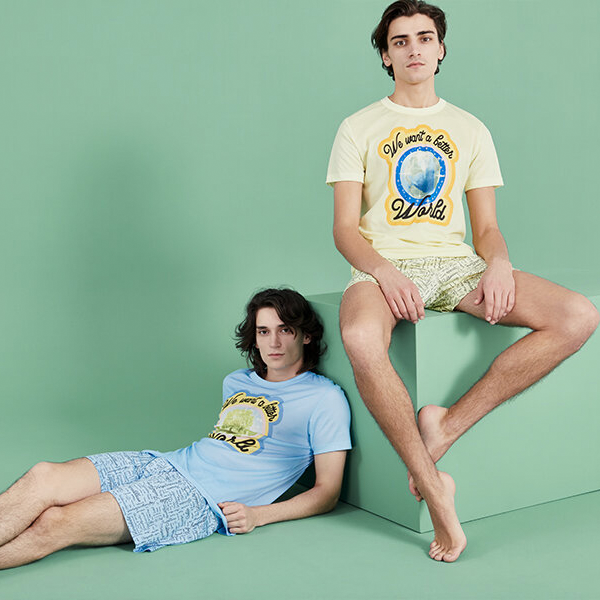Étude de cas
CALIDA CREATES CLOTHING FIT FOR THE CIRCULAR ECONOMY
Oberkirch LU – The textiles company Calida has been named among the winners of this year’s Swiss Ethics Award. This can be put down to its completely compostable collection, for which responsibility has been integrated along the entire supply chain.
With its fully compostable collection “100% Nature”, Calida has already signified its commitment to the circular economy. But the clothing manufacturers from the canton of Lucerne are not resting on their laurels; rather, the collection is being steadily expanded. In fact, it is set to comprise more than 200 products by the turn of the year. As recognition for the company’s efforts to protect the environment and promote the circular economy, Calida was named as one of the three prize-winners of the Swiss Ethics Award, which was presented in the spring.
Calida has come a long way to achieve this. After all, the entire supply chain must be taken into account in order for manufacturing processes to be aligned with the Cradle to Cradle principles. Calida has been supported throughout this journey by EPEA Switzerland in its role as an accredited expert for Cradle to Cradle Certified certifications. This partnership was exceptionally valuable in Calida’s efforts to develop pajamas, underwear and t-shirts made from 100 percent cellulose. All the materials used to manufacture these products, including the yarn, label, buttons and dyes have been transparently and scientifically evaluated and found to be good. These also comply with the Cradle to Cradle principles and can therefore be reintegrated in the biological lifecycle.
In this way, the products in the “100% Nature” range are fully biodegradable. Calida will even take them back on request. However, consumers also have the option of putting the textiles on their garden compost heap. The process of decomposition takes four to six months overall.The production of these items of clothing was made possible after a transparent and functional supply chain, the form of which had barely been seen before in Europe, was created in parallel to their development.
Further information can be read here:



